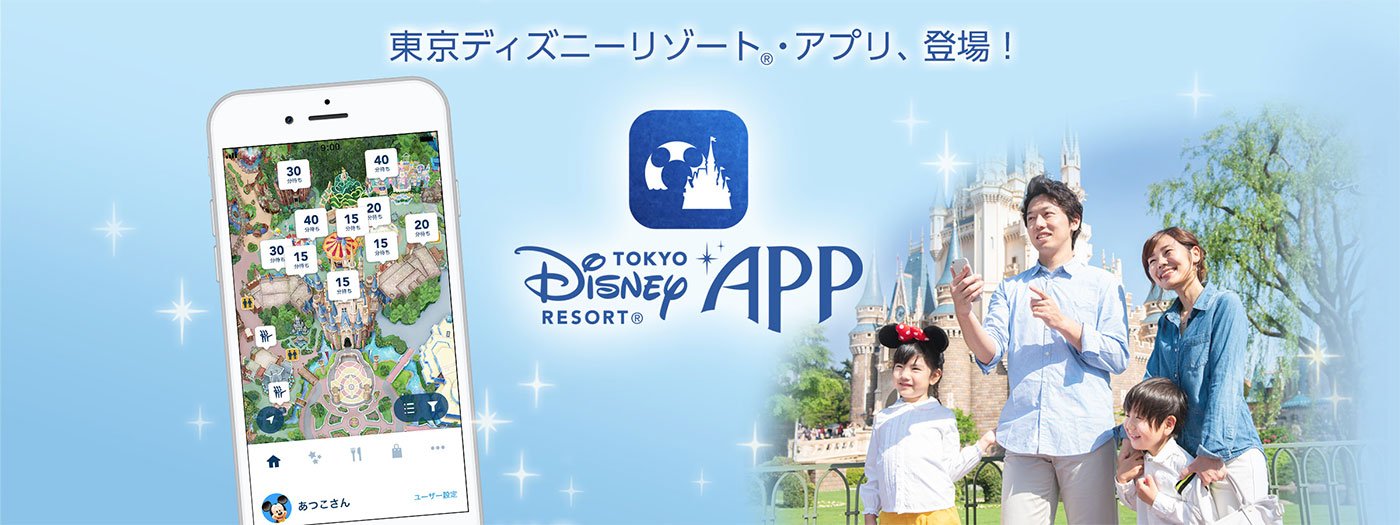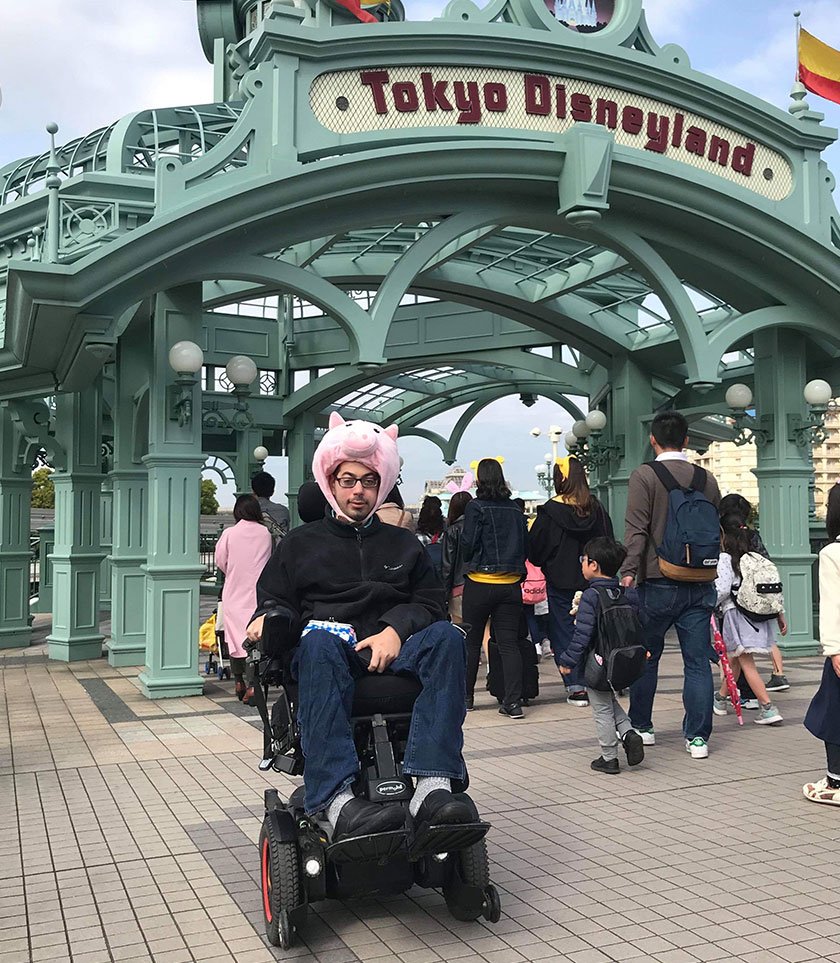By Mark Bookman
This is part 2 of a 5 part series. You can read part 1 here, part 3 here, part 4 here and part 5 here.
Planning the Trip
My trip to Tokyo Disneyland began a week before I arrived. After checking the park’s website for information about wheelchair accessibility, I determined that I’d be able to ride on most of the park’s attractions. In fact, I was taken aback by the number of attractions listed as being wheelchair accessible. Having lived in Tokyo for some time, I had come to expect a certain degree of difficulty when entering local entertainment venues. I was skeptical, but trusted that Disneyland was an exception – an oasis amid the urban desert of inaccessibility – perhaps because of its international origins. Excited, I ran out to buy my ticket at a nearby convenience store. The process was hassle-free thanks to an automated kiosk, which issued my pass to paradise. Now, I’d be lying if I said that I wasn’t dismayed at the lack of a ‘disability discount:’ after all, there were still many rides and services at the park that I would not be able to use because of my wheelchair! Still, I soldiered on and began scheming. Where would I go first? What would I do? To answer these questions, I downloaded the Disney mobile app, which I used to construct my daily schedule.

The first thing I noticed about the Disney mobile app was that its accessibility filters did not match up with the options available on its website. While the website featured information about access related to numerous kinds of impairments (visual, hearing, mobility, and otherwise), the mobile app only included information about wheelchair access and the use of service animals. I was lucky: as a wheelchair user, I was able to use the app to build my itinerary and prepare for my journey. Or so I thought, anyway. For when I arrived at the park, my itinerary, which consisted of three parades, five attractions, and eating was immediately thrown to the wind and torn asunder.
Takeaways and Travel Tips
I learned a number of exportable lessons while planning for my Disney excursion in Tokyo. Perhaps the most important among them is to cross-reference any access information that you find. Websites and mobile applications often provide incomplete or competing visions of accessibility, and it is important to compare them to make informed decisions about itineraries and travel plans. As will become apparent in the next part of this five-article series, discrepancies between services listed and services rendered can create significant barriers for persons with disabilities, not only at amusement parks but in all kinds of spaces: private, public, corporate, and otherwise. One concrete suggestion for improving accessibility at Disneyland and beyond is to establish a working database that allows users to view multiple perspectives and sources on accessibility at the same time. By simultaneously interacting with officially-sanctioned websites, mobile apps, and user-generated content, persons with disabilities can get a better idea of what awaits them during their travels.
Mark Bookman received his B.A. in Global Interdisciplinary Studies from Villanova University in 2014 prior to researching Buddhist Philosophy in Japan as a Fulbright Fellow. He earned his M.A. in East Asian Languages and Civilizations from the University of Pennsylvania in 2016, where he currently studies the history of disability in Japan as a PhD Candidate. At present, Mark is working with experts on disability and barrier-removal at the University of Tokyo’s Research Center for Advanced Science and technology as a Japan Foundation Research Fellow.
Even though Mark keeps himself busy (VERY busy!) he has agreed to take on a role at Accessible Japan as a researcher and consultant.
You can read more about Mark on his website https://bookmanresearch.com/


Responses